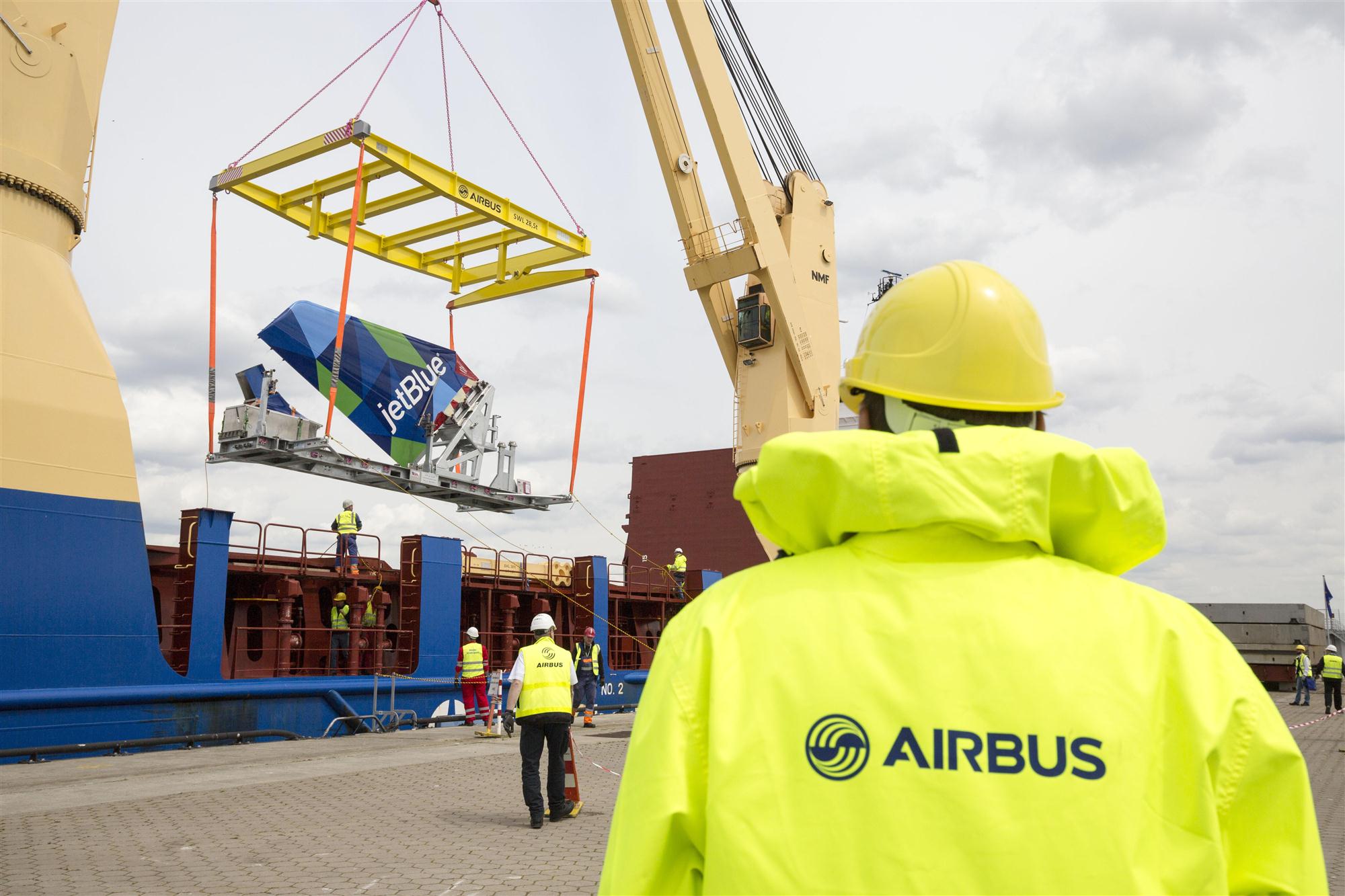Over the past few years, Seko Logistics has been widely associated with pioneering moves to tap into the e-commerce avalanche, but this has not stopped the US company from targeting other fields. Now it has set up a division that caters to the aerospace industry.
Stephan Haltmayer, general manager of forwarder Quick Cargo Service (QCS), was in Singapore in early November for MRO Asia Pacific, an annual event for the aviation service sector. It has become a regular stop for the German forwarder.
The aviation sector is soaring, and its urgent needs offer juicy margins. With other traditional engines of air freight growth in the slow lane, forwarders are honing their capabilities to get a larger chunk of this business.
“I think firms like us have to focus more on niche markets,” said Haltmayer. “In the general market there is always somebody who is 10 cents cheaper. It’s a very low margin business.”
QCS teamed up with other forwarders a few years back to form the Aerospace Logistics Group, a registered association of mid-sized forwarders set up to provide global coverage to the aviation and aerospace sector with a consistent service level. Its members gather once a year, usually at an aerospace industry event.
This has been one of the fastest growing segments for QCS, according to Haltmayer. “We have 10 staff who do only AOGs and on-board courier activities,” he said, adding that much of the activity in this field is time-definite.
Commercial aircraft deliveries are going through the roof, and the growing fleet of commercial planes guarantees a steady need for service logistics, such as rushing spare parts to aircraft grounded by mechanical defects.
In its most recent market forecast published in June 2015, Boeing projects demand for just over 38,000 new aircraft over the next 20 years. It envisages the global commercial fleet to double to 43,560 units by 2035, with 58% of the new deliveries to accommodate market growth.
 The 38,050 aircraft deliveries that Boeing predicts for the period are 1,700 units up from its forecast a year earlier, reflecting ongoing growth in the industry. Airbus is equally bullish. In the summer it upped its demand forecast by nearly 4%, predicting a need for 32,585 new planes worth US$4.9 trillion over the next 20 years.
The 38,050 aircraft deliveries that Boeing predicts for the period are 1,700 units up from its forecast a year earlier, reflecting ongoing growth in the industry. Airbus is equally bullish. In the summer it upped its demand forecast by nearly 4%, predicting a need for 32,585 new planes worth US$4.9 trillion over the next 20 years.
Airbus identified rising affluence of the middle class in emerging economies as a major driver of this momentum, with Asia at the epicentre. According to the two large aircraft manufacturers, over one-third of deliveries will go to Asia.
The region is also rising as a production centre for aircraft, notably China. In September plans at Boeing were reported to establish a production line for its fast-selling 737 in China. In Tianjin an assembly line for the Airbus A320 started back in 2008. In March 2014, Airbus and its Chinese venture partners announced a second phase in their co-operation that would see the Chinese facility turn out the upgraded A320neo beginning in 2017.
This past year the partners signed a new agreement to bring final assembly of the larger A330 to Tianjin.
At the same time, Asian production of smaller commercial planes is about to kick in following the launch of regional jets by Mitsubishi in Japan and Comac in China.
Parts suppliers and service providers in the MRO (maintenance, repair and overhaul) field in Asia will also be busy. Singapore is a key centre for this segment, with over 100 MRO companies registered there.
Seko’s new aerospace division is headquartered in Dallas, but the company is also setting up dedicated facilities in Singapore and South Korea, the Netherlands and Turkey. Down the road, management is looking at the Middle East and East Africa, besides additional venues in North America and Europe, such as Seattle and Copenhagen.
“We have aerospace customers around the world,” said Brian Bourke, vice president of marketing. “This will be a key focus for us for the next one to two years.”
Having been active in the aerospace logistics sector for years, arguably Seko could continue as before, but the establishment of a dedicated division offers it better opportunities, Bourke said. “It makes sense to continue to focus on a few key areas where we have expertise and develop these,” he said.
By Ian Putzger
Air Freight Correspondent | Toronto



